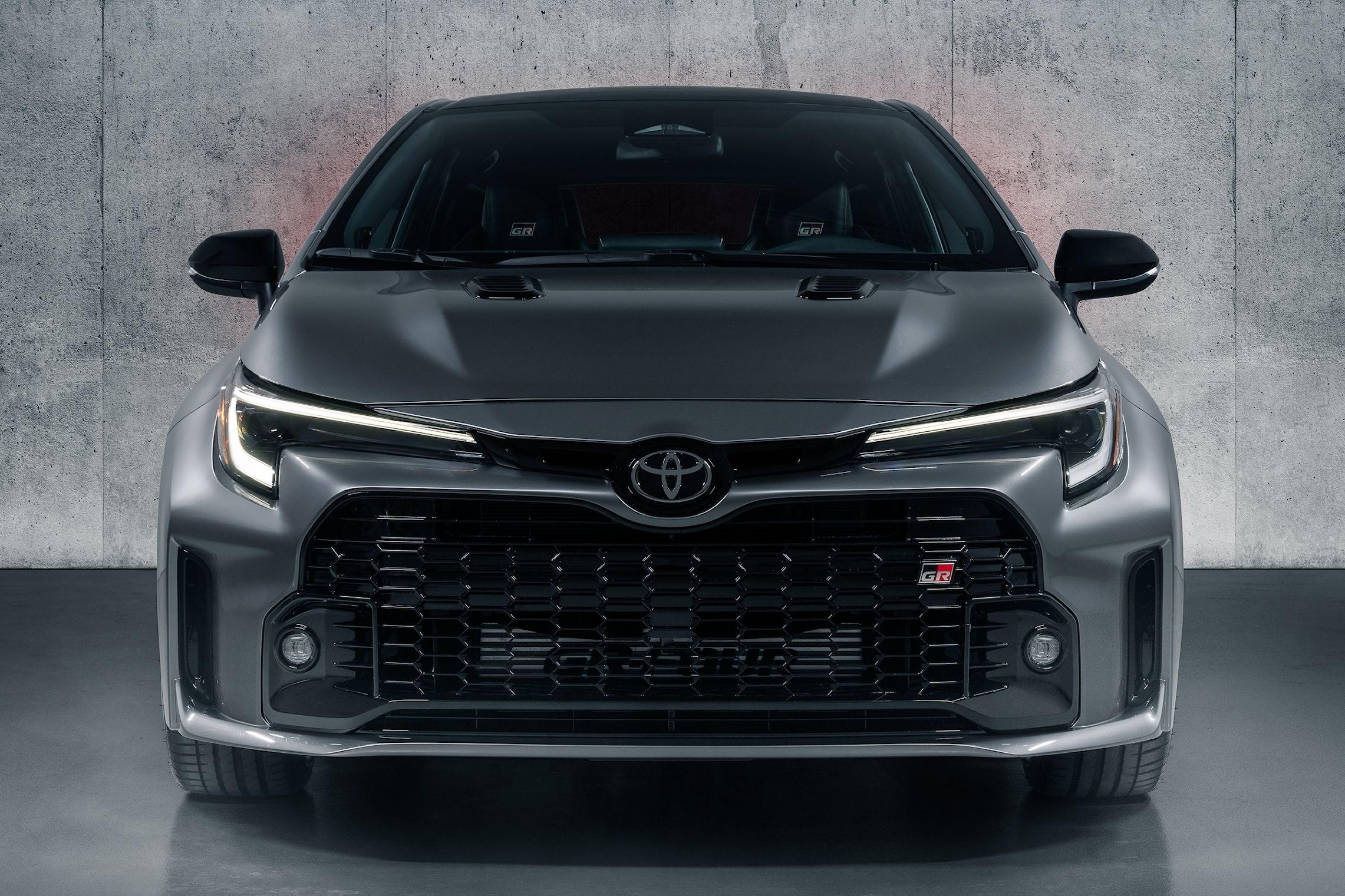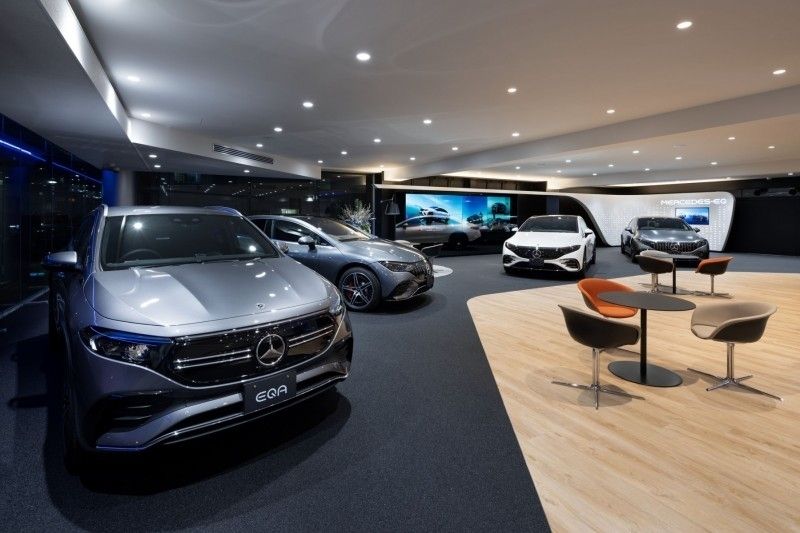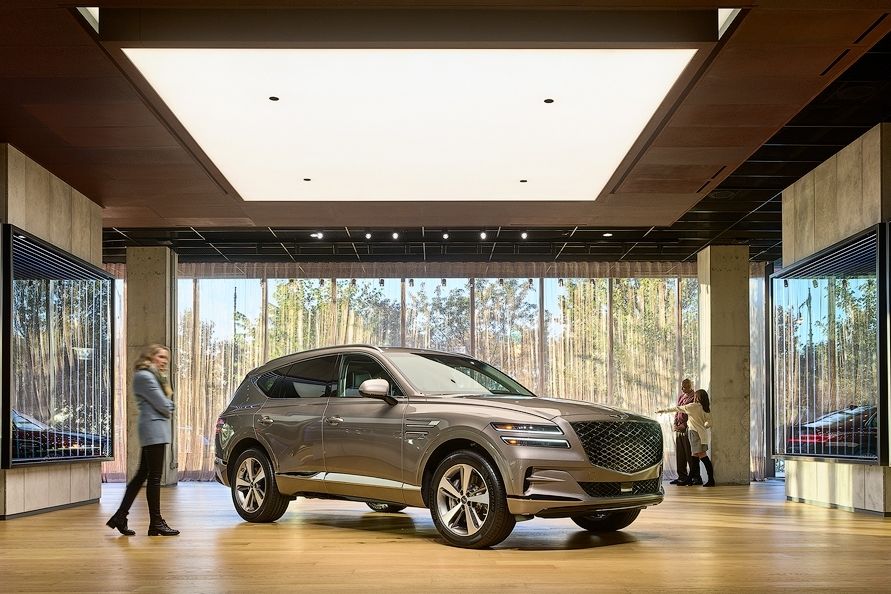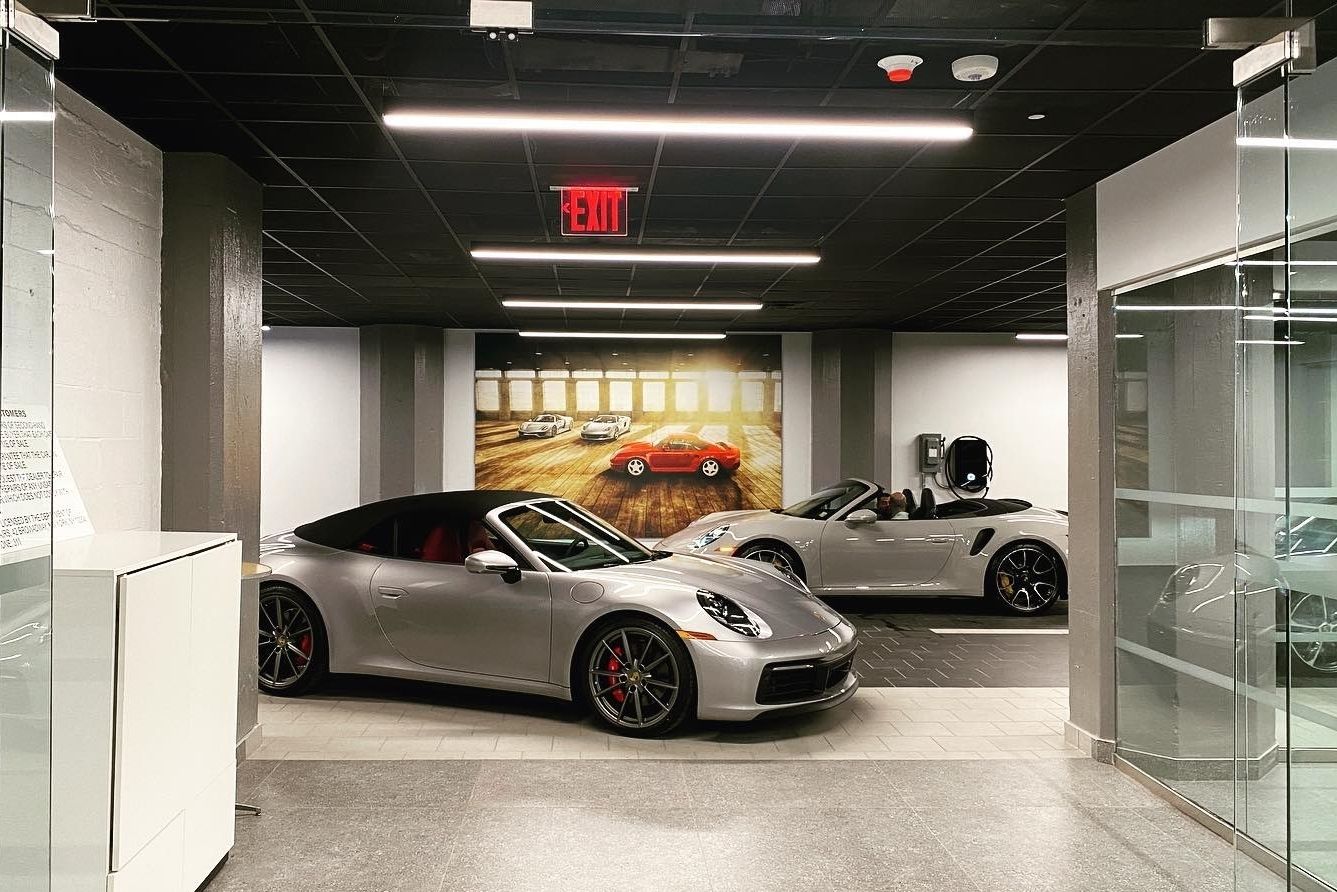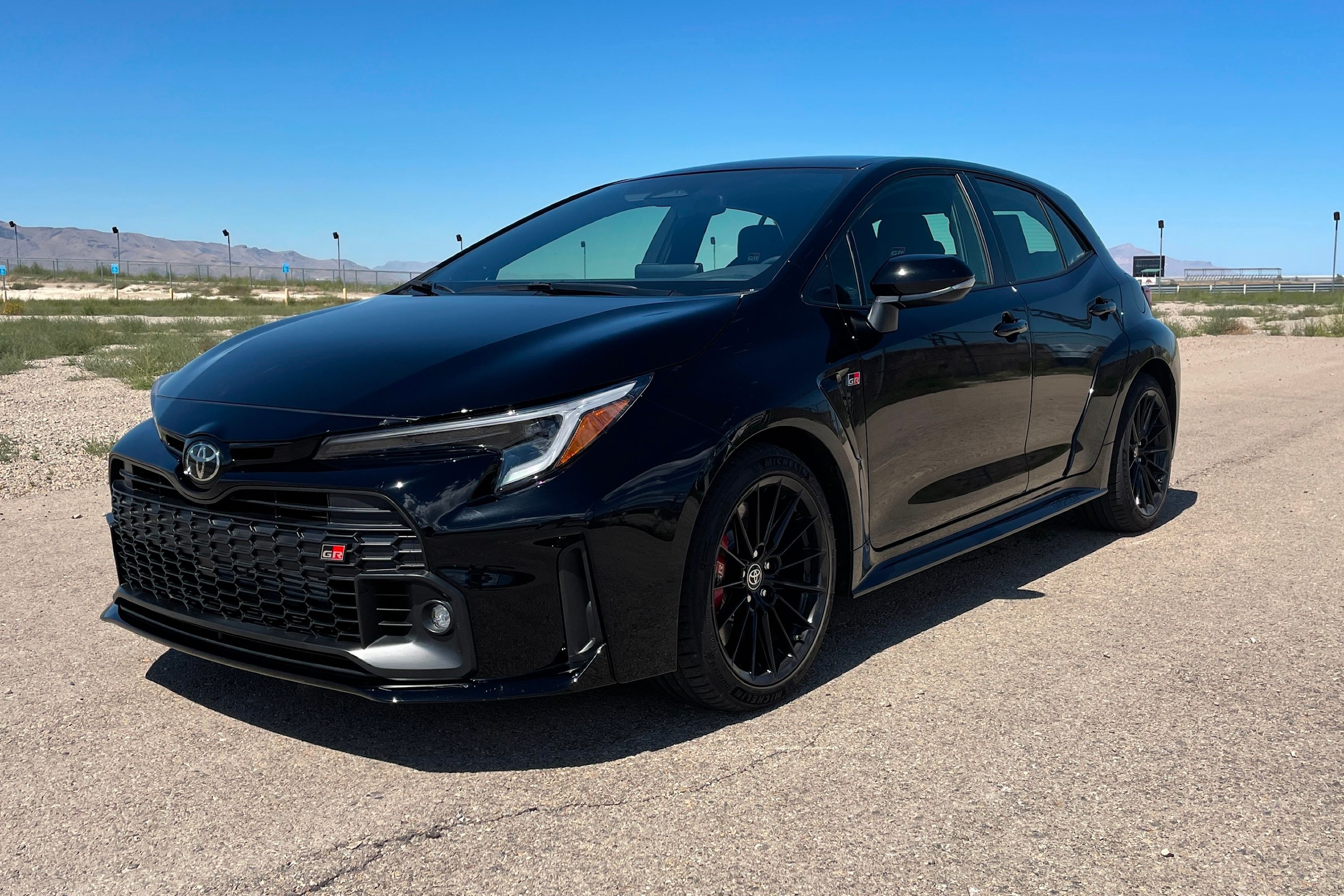
A top Toyota North America executive expects the average new vehicle transaction price will soon jump the $50,000 hurdle and continue to rise, putting pressure on even more American consumers.
As reported by Automotive News, Jack Hollis, Head of sales for Toyota Motor North America, told media members that he believes the USA is already in the throes of a recession but remarked that it is an unusual downturn that doesn't comply with common economic models. One of the effects of this is that average transaction prices will rise and "continue to grow" above the $50,000 mark.
That means American consumers, on average, will be spending a pretty penny on new vehicles. To put this into perspective, $50,000 gets you a Toyota GR Corolla Morizo Edition or a $46,200 BMW X3 sDrive30i and plenty of change.
Even though the new car prices dropped in January, it may have been a blip on the radar. A recent report from Kelley Blue Book showed an alarming amount of Americans are spending more than $1,000 a month on car payments. According to the findings, 15.7% of buyers who purchased a new car in the fourth quarter of 2022 are handing over four figures or more for vehicle payments.
Higher transactional prices aren't the only thing Hollis envisions for the future of the American automotive market. He believes that used vehicle demand will remain high, bolstering residual values. This results from car shoppers being forced to turn to the pre-owned market due to being priced out of a new vehicle.
"The only thing holding [the industry] back is the totality of the supply chain and the fragility of it because we're not back to normal anywhere globally."
Hollis added that while Toyota and Lexus will benefit from 100,000 additional sales in 2023 (compared to 2.1 million sales last year) but said a minor drop in market share isn't out of the question.
"We're going to see that it's a year of really two halves - whether it's Toyota or Lexus. This first quarter, we knew it would be slower for us. The second quarter will still be a little slow - not quite as slow as the first quarter - but the first half will be behind last year, and the second half will be ahead of last year," he added.
In California, Toyota still rules the sales chart - but only just. Key products like the Camry and RAV4 were outsold by the Tesla Model 3 and Model Y. Toyota occupied 17% of the market, while Tesla has just 11%. This gap is expected to close in the coming years, though.
Supply chain issues remain a thorn in the side of the automotive industry, with Hollis explaining that, overall, automakers could sell as many as 17 million vehicles if constraints weren't a problem. "Instead, we'll sell around 15 [million], so that means there are another 2 million vehicles added to pent-up demand."
Toyota's Bob Young added that the high costs of raw materials are part of the equation. He added that the industry has to find new ways to cut costs but said that easing commodity prices wouldn't reach consumers until next year.
Now, manufacturers are faced with a dilemma. They need to decide just how much of the rising costs can be passed onto customers. If that can't be done, the extra expenses must be swallowed by parts suppliers or the automaker itself. "We're eating it in our own profitability," he added.
It seems rising car prices are the new norm for consumers. Hopefully, things will start to even out in the coming years.

